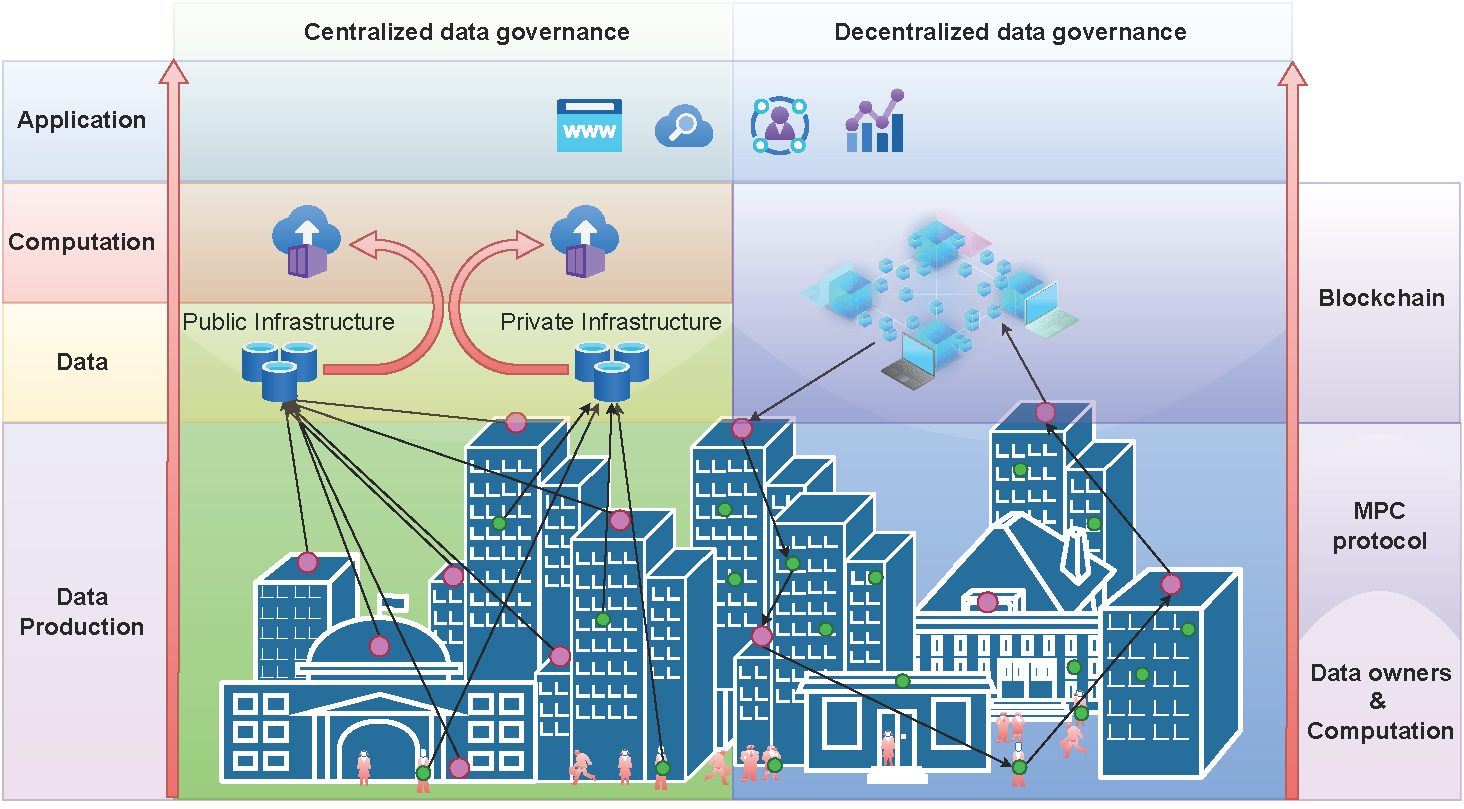
- PROJECT CODE: N4-0274
- PROJECT TITLE: DENDRO-SPEC: Spectroscopic Methods for Rapid Phenotyping of Trees Reflecting their Ecological Resilience
- PROJECT TEAM: Jakub Sandak, PhD (leader), Anna Sandak, Rene Herrera Diaz, Faksawat Poohphajai, Richard Acquah, Albert Kravos
- PERIOD: 1. 1. 2023 – 31. 12. 2025
- BUDGET: EUR 299,957.49
- FINANCING: ARRS – Slovenian research agency
- COORDINATOR: InnoRenew CoE (Slovenia)
- PARTNERS: Warsaw University of Life Sciences (Poland)
The overall objectives of the DENDRO-SPEC project are to: a) develop an innovative, accurate, and low-cost method for rapid phenotyping of a broad range of wood properties, b) combine advance phenotyping data with the state-of-the-art genotyping technology of the unique set of Pinus sylvestris samples to look at phenotype-genotype associations, and c) provide new knowledge to model the effect of genetic variation within tree populations that combined with stand conditions, silvicultural practices and local microclimate determine mechanisms of xylogenesis and, consequently, characteristics of generated wood.
The reliability and importance of this research relays on three scientific hypothesis: a) the properties of trees and derived wood are determined by genetic factors, b) the resistance of trees to drought and elevated temperatures is recorded within the genetic, morphological, and anatomical features of trees/wood, and c) near-infrared spectroscopy can be used to indirectly determine phenotypes of wood.
The prototype scanning system will integrate state-of-the-art near infrared spectroscopic technologies with cutting-edge data mining solutions. It will allow for mapping a wide range of wood characteristics, taking into account the natural variability at the scale of an individual tree, the forest plot and the entire population. The research will be conducted on a unique sample set of Pinus sylvestris wood available as a result of the preceding fifty-year in-field experiment. It is expected that the DENDRO-SPEC methodology will prove to be the most suitable method for rapid, non-destructive, and complete characterization of wood.
InnoRenew CoE project activities
InnoRenew CoE team will develop a novel and low-cost method for rapid phenotyping of wood properties by means of near infrared spectroscopy and hyperspectral imaging. Moreover, chemical properties of wood representing different provenances and genetic factors will be assessed in the laboratory. It will include estimation of structural and non-structural components content as well as elemental composition of wood samples. Finally, multi-sensor data fusion and multivariate analysis of the data acquired along the research campaign will be leaded by InnoRenew, in collaboration with other partners.





